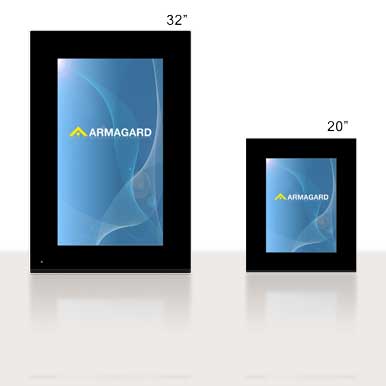Posters have provided advertising content for over two hundred years, ever since the development of lithography at the end of the 18th century.
With innovative typography and colour images, posters became an expressive form of communication, combining advertising and art. For over a century, posters have been one of the most widespread forms of advertising virtually everything from commodities, events to political propaganda.
The poster’s success owes much to its use of artistic form, with many posters from the last century now iconic images, such as the wartime posters: of “Lord Kitchener Wants You” from the United Kingdom, “Uncle Sam wants you” from the United States, or posters declaring: “Loose Lips Sink Ships”
While posters have been with us for many years, times are now changing, with the humble poster having gone through dramatic changes over the last decade.
Digital posters are now an increasingly common sight. In shopping malls, airports and subways stations, digital advertising posters are almost as common as their static rivals, and their use is continually expanding.
Digital advertising posters have many advantages of static posters. Firstly, they don’t need replacing as new content can be uploaded instantly and remotely. Secondly, while eye-catching art on static posters helps draw the eye, moving images and bright colours of a high definition screen are even more so, especially to a modern audience so used to interactive media.

And it’s not just indoor locations where the humble poster is being usurped. Outdoor digital signage, while still trailing behind indoor digital signage is year-on-year becoming more popular. With the falling price of LCD screens, the use of outdoor LCD enclosures and the growing popularity of digital signage, the humble poster, may at last have had its day.
Comments are closed.